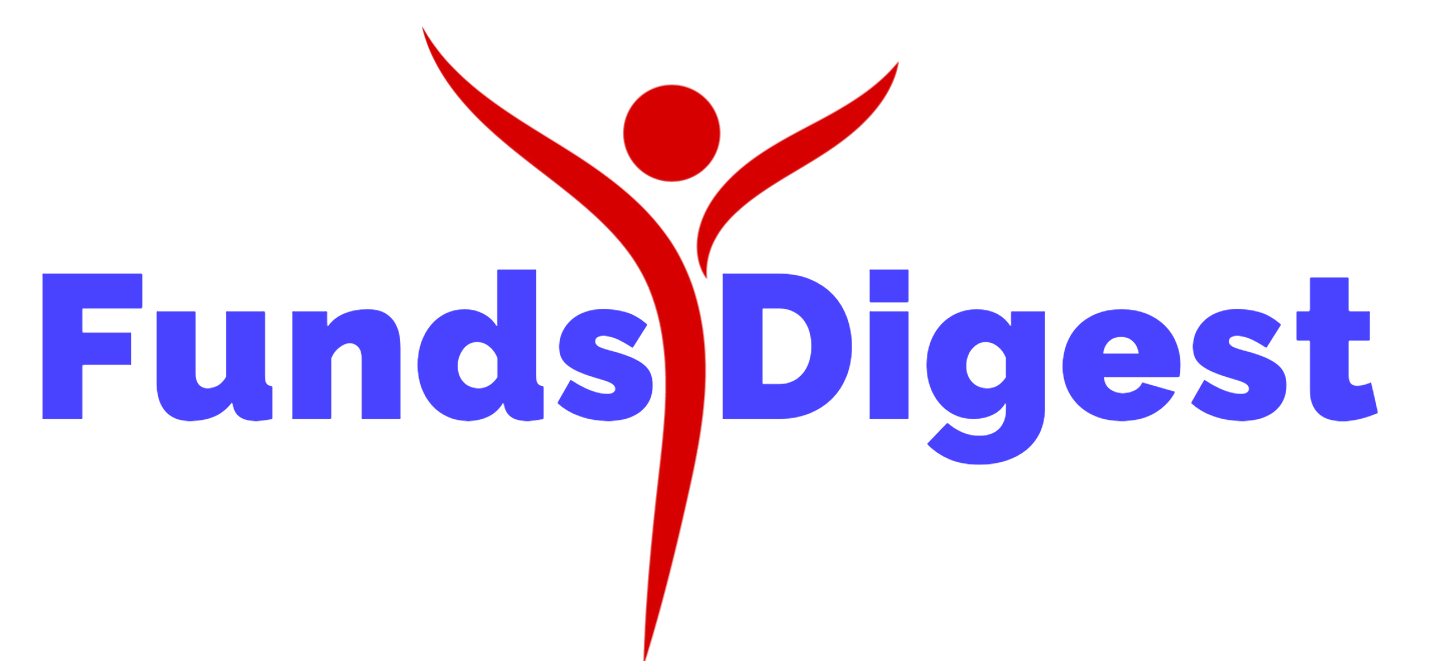
Alabama’s inaugural school choice program has received overwhelming interest resulting in more than 36,000 applications, drawing cheers from the governor.
“We have received applications from…
Alabama’s inaugural school choice program has received overwhelming interest resulting in more than 36,000 applications, drawing cheers from the governor.
“We have received applications from all 67 counties and from a wide range of families,” Republican Gov. Kay Ivey wrote on social media on Wednesday. “Clearly, taxpaying Alabama families want school choice!”
From @abc3340: “Alabama's CHOOSE Act sees strong response with nearly 37,000 student applications”
We have received applications from all 67 counties and from a wide range of families. Clearly, taxpaying Alabama families want school choice! #alpoliticshttps://t.co/WyuNU6kiM4
Ivey previously encouraged families to apply for a CHOOSE scholarship, calling it a “unique opportunity” to give students “greater flexibility to pursue educational options that meet their individual needs.”
Applications closed on April 7.
The scholarships are worth up to $7,000 per student for tuition at an approved private school. Homeschool families can also receive up to $4,000 for expenses.
For the first school year, the Alabama Legislature allocated $100 million, which is expected to finance around 14,000 scholarships, but the state may increase funding in subsequent years.
Eligibility will expand as well, as the program is currently limited to low-income students. In 2027-28, all Alabama students will be eligible, though low-income families will still receive priority.
Alabama was the 11th state to pass a universal school choice program, though it will be rolled out in phases.
But it’s not the only state witnessing the massive popularity of educational freedom.
Florida recently reported having 500,000 students in its school choice programs, and Ohio projected its Education Choice Scholarship will grow 20% in the next two years.
North Carolina received nearly 80,000 applications in March after expanding its program to families of all income levels.
Last year, Oklahoma received 30,000 applications in just 90 minutes, and Utah’s application page crashed from the surge of interest when it opened.

Recent Comments